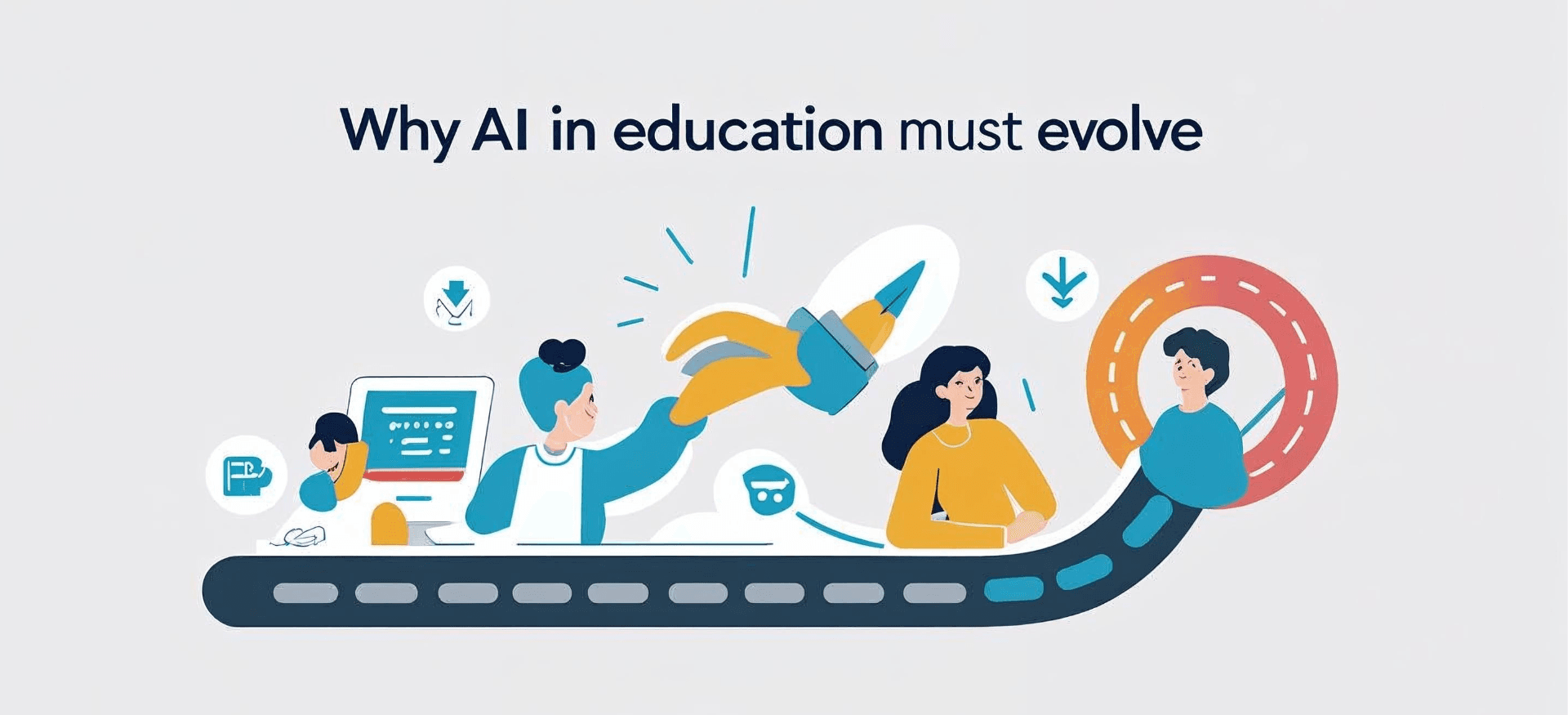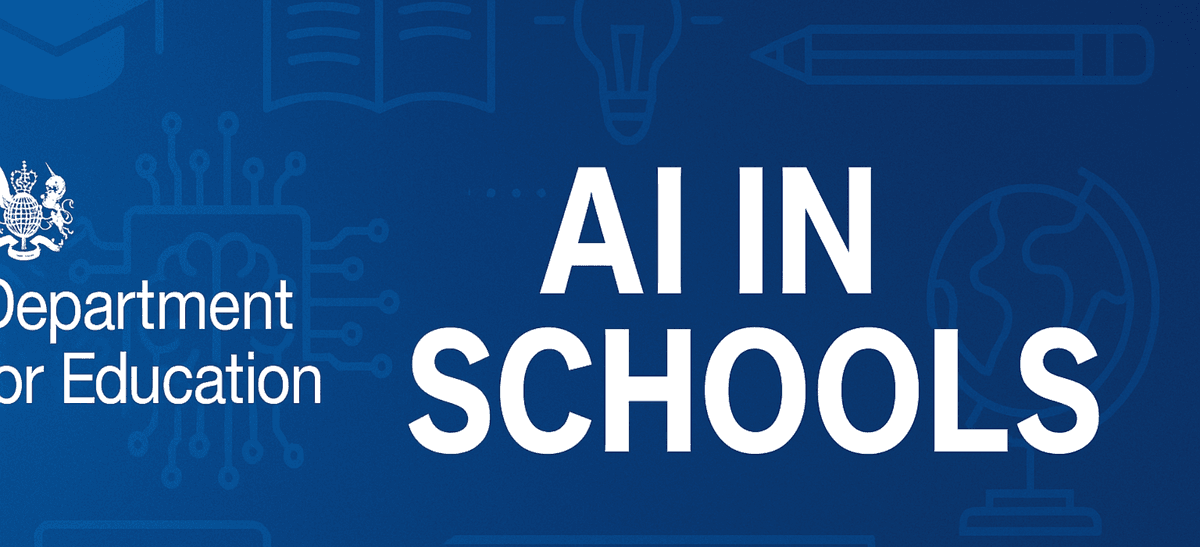
Why AI in education must evolve
Educators embraced Swift Teach for fast, curriculum-linked offering for AI in education. However, mere efficiency limits growth. Therefore, the platform now focuses on experiences that encourage curiosity and personal choice. Each new tool asks: How will this help students lead their learning?
From instant downloads to student-led learning
Swift Teach still generates worksheets and slides in seconds. Yet every output now includes options: project prompts, reflection cues, or inquiry paths. Consequently, teachers present multiple routes. Students pick formats that match interests; they present findings as videos, blogs, or prototypes.
Tools that encourage choice
-
Multi-subject selection lets cover teachers build AI-aligned tasks for any class.
-
Math extension pack adds creative puzzle generators and dynamic graph activities.
-
Project scaffolder breaks big ideas into stages; students plan pace while tracking skills.
These additions give structure yet leave room for autonomy.
The teacher’s crucial role in a human–AI partnership
Swift Teach pairs human insight with intelligent suggestions. The AI drafts tiered tasks; the teacher refines tone, context, and challenge. As a result, educators spend less time writing basics and more time coaching critical thinking. They guide discussions, clear misconceptions, and celebrate progress.
Building atomic habits for agency
To further emphasise the importance of student agency, Swift Teach’s philosophy aligns with ideas presented by Graeme Malcolm in his article, Atomic Habits for Student Agency. Graeme discusses how small, consistent actions can lead to significant improvements in student ownership and engagement over time.
Swift Teach mirrors this idea:
-
Daily goal prompts appear on generated worksheets.
-
Quick reflection boxes let learners track what worked.
-
Micro-tasks build toward larger investigations.
Step by step, students gain confidence and independence. Teachers watch reflection data grow, then adjust support accordingly.
What’s next for Swift Teach
Future updates will deepen personalisation. Planned features include real-time AI hints during projects and interdisciplinary challenge banks. Moreover, school subscriptions with single sign-on already simplify access, paving the way for collaborative dashboards that celebrate student-chosen outputs.
These goals align with international best practices, including UNESCO’s guidance on effective AI in education, which emphasises ethical use, teacher support, and student-centred innovation.
Swift Teach keeps one promise: place AI in education where choice, voice, and growth meet.
Conclusion
Swift Teach moves beyond “download and go.” It now powers lessons that let learners explore, create, and reflect. Try the tools and give your students agency today.
FAQ
How does Swift Teach promote student agency?
The platform offers multiple task formats, letting students choose how they show understanding while teachers guide depth.
Is AI replacing teachers in Swift Teach?
No. The system drafts resources; teachers adapt them and mentor students, combining human empathy with AI speed.
Can I use Swift Teach across subjects?
Yes. Multi-subject selection supports varied curricula, so you can create aligned tasks for any class.
What habits improve agency?
Start with daily goals, short reflections, and small projects. These build confidence and independent thinking over time.
Where can I read more on habit-building?
See Graeme Malcolm’s article “Atomic Habits for Student Agency,” which inspired Swift Teach’s habit-based features.
Related Blogs

September 8, 2025
Rubrics with Purpose: A Teacher’s Toolkit for Visi...
Setting Clear Learning Targets Creating well-designed rubrics moves the measurement of successful l...

June 28, 2025
AI in Schools , The Biggest Risk Is Doing Nothing...
Generative AI moved from curiosity to classroom staple in under three years. Ofsted’s new study of 2...
June 5, 2025
Maximizing Lesson Planning: A Deep Dive into Swift...
Artificial Intelligence (AI) is no longer a concept confined to science fiction or tech labs—it’s no...